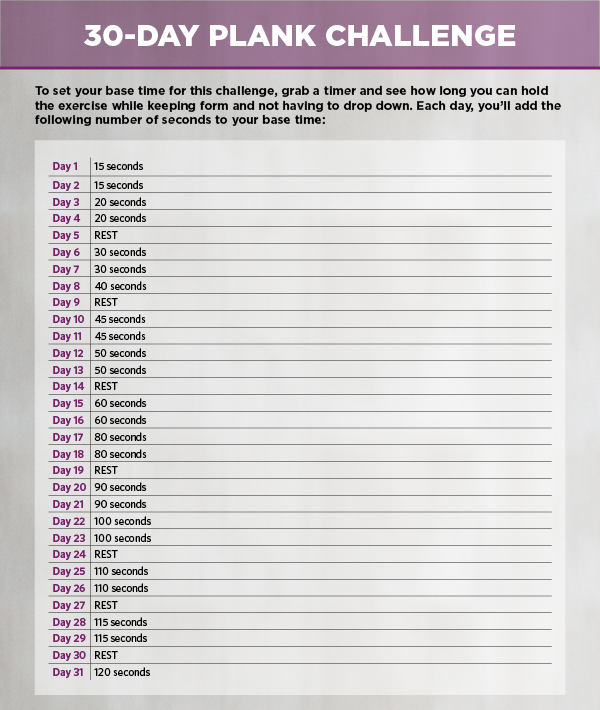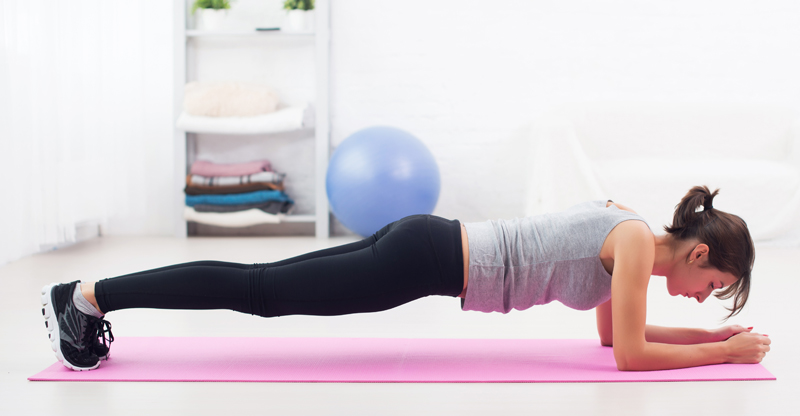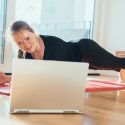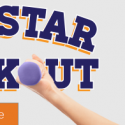31 day plank workout challenge
When it comes to building a stronger core, planks are one of the best exercises you can do. Holding a plank can help strengthen the shoulders, back, chest, and core — all in one exercise! The best part is, planks can easily be modified to fit any level of strength.
Before you begin the challenge, start with a quick plank test to identify your starting point. Start by setting a timer and getting into the plank position. Time how long you can hold the exercise while keeping form and not having to drop down. That’s your base time! Each day, you will add the number of seconds listed on the infographic below to your starting time.
Ready to get started?
Plank:
- Start with your hands directly under your shoulders, as if you were about to go into a push-up position.
- Next, you want to make sure that your toes are pointed into the floor. Make sure you are not locking your knees. Try to squeeze your glutes (butt) here to help with stabilization.
- Next, position your head so that your neck is in a neutral position. You can do this by picking a spot on the floor just beyond your hands to stare at. This will then put your head in line with your back.
- Finally, hold the plank for your allotted time. Make sure to breathe throughout the exercise.
Modifications:
- If you need to, you can drop down and do this exercise on your forearms.
- If starting in a standard position is too challenging, drop your knees to start as if doing a modified push-up (in the up position).
- If you need a step up, try a side plank. Just remember to stack your hips and prop up on one hand or elbow. Then, if you are brave, go one step further and lift one leg or arm for an even greater challenge.

Don’t forget, proper form is the most important part of any exercise! For the perfect plank, make sure that you are not raising your butt into the air, sinking your lower back, dropping your head to your chest, or forgetting to breathe.
Information contained in this article is for educational purposes only and is not intended or implied to be a substitute for professional medical advice. It’s always best to check with your doctor before starting any new diet or fitness routine.




